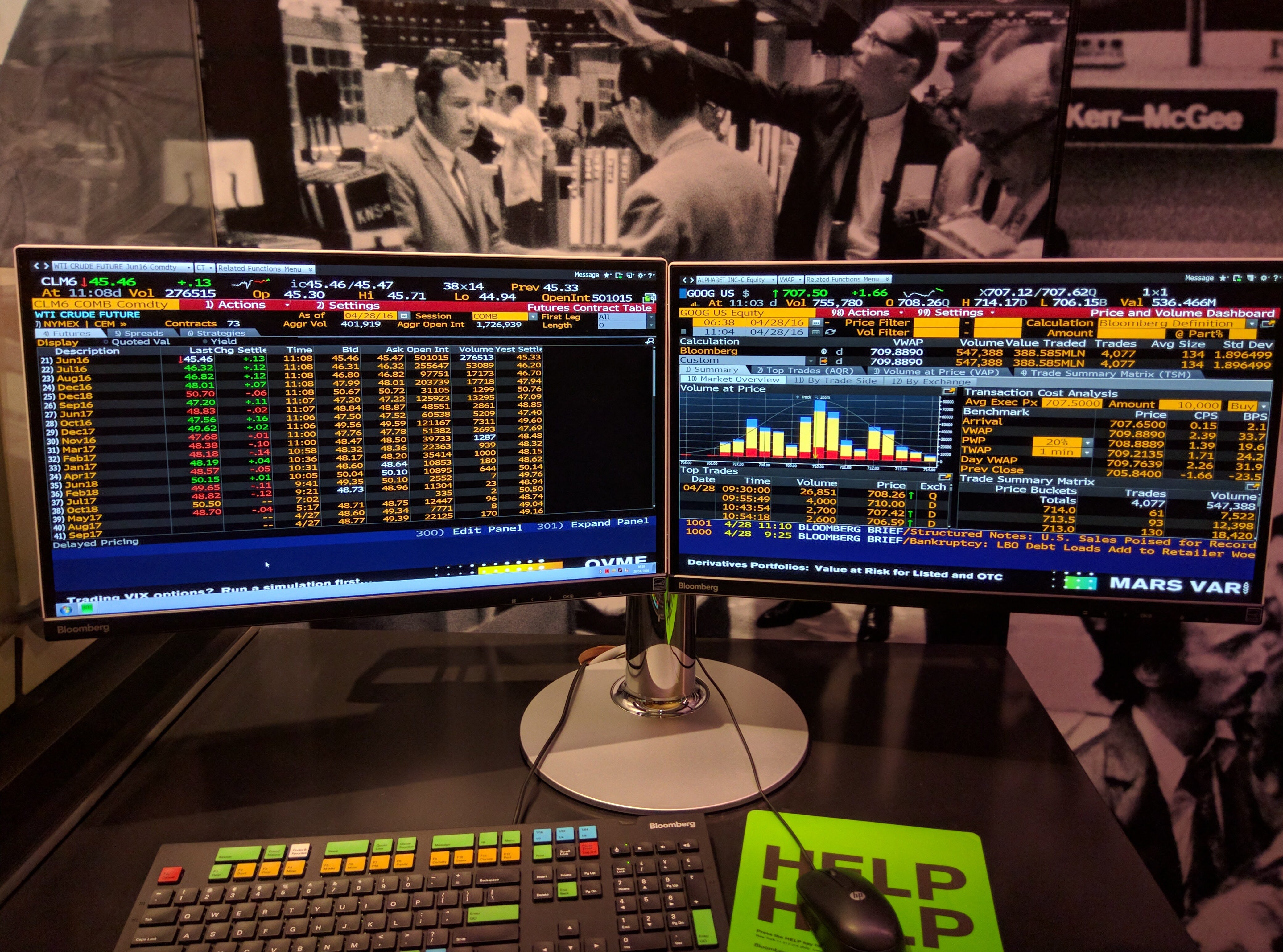A senior capstone engineering project by Jessie Korovin and Adam Messer
The Team
Jessie Korovin – Jessie Korovin is a senior at WashU. He’s studying Systems Science and Engineering with a second major in Financial Engineering. He enjoys studying finance, writing, and math.
Adam Messer – Adam Messer is a senior student pursuing a BSSSE. His academic interests include math, data analytics, and writing.
Advisors
Dr. Vladimir Kurenok – Dr. Kurenok is a lecturer in Washington University’s ESE department, where he as been a member since 2011. His expertise lies in stochastic processes and stochastic differential equations as well as financial mathematics.
Objectives
- Predict up or down movement of the DJIA with greater than 50% accuracy
- Create a model with low risk and low volatility
- Utilize Machine Learning and weekly historical data
- Apply data taken from Bloomberg Terminals into an Excel document filter
- Capitalize on the most important factors regarding the forecasting of the movement of stocks
- Perform cross-validation to ensure our model isn’t over-fit
- Provide intuitive reasoning for successes or failures of our model to predict directional changes in individual stock prices
The Final Report
The final report can be viewed here:
Data-Driven Weekly Forecasting of Dow Jones Stocks Using Machine Learning
Our Goal
The Dow Jones Industrial Average (DJIA) is an index of 30 large, stable stocks in the market. It is commonly utilized as a measure of market performance. The ability to predict its movements could be extremely lucrative for investors. The problem is, even stable indexes such as the DJIA can move in seemingly unpredictable ways. Mitigating this unpredictability could offer investors and financial engineers better tools for market research. Our goal is to utilize Machine Learning and data analytics in an effort to develop an algorithm that will predict movement of the Dow Jones with greater than 50% accuracy. Others have attempted similar feats for other indexes or individual stocks. Our plan is to learn from other projects’ shortcomings and adjust them to our needs.
Jump to…
An Explanation of CatBoostMath Behind the Linear Regression Evaluation of ResultsThe Trading Strategy & Other Methods
Bloomberg Terminals – Our method for data acquisition

https://marker.medium.com/why-its-hard-to-kill-the-bloomberg-terminal-61073482e496
CatBoost – Our chosen Machine Learning software method
![]()
MATLab – Our home for the linear regression method

The System
